The Association of Russian Tour Operators said Vietnam is a traditionally popular destination for Russian beach holidaymakers , especially from the Urals, Siberia and Far East regions.
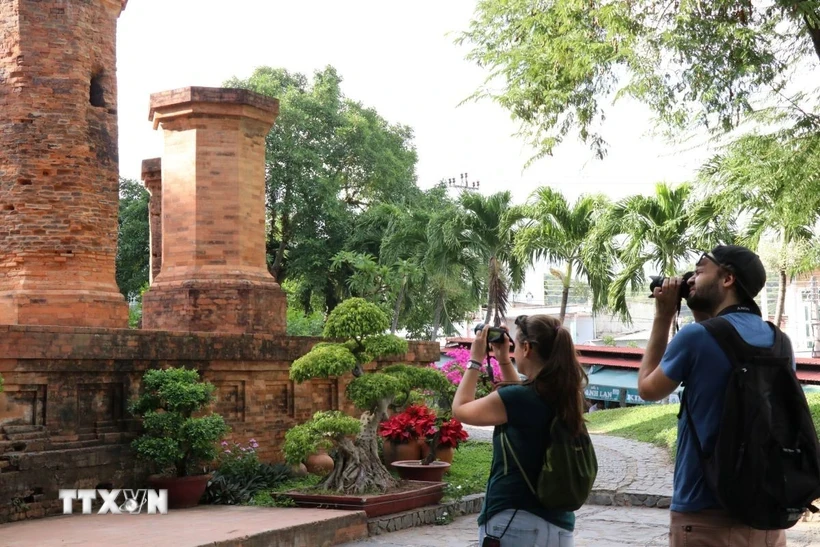
The number of Russian tourists to Vietnam in 2024 increased by 84.9% to 232,300 arrivals, despite the lack of direct and charter flights from the regions.
Although the number of Russian tourists to Vietnam is still far behind that of 2019, this growth is expected to continue into 2025.
The increase was due to the resumption of a number of direct flights and cheap connecting flights via China, the Association of Russian Tour Operators (ATOR) reported.
According to ATOR, by 2024, 85% of Russian tourists will arrive at resorts in Vietnam by connecting flights.
ATOR said Vietnam is a traditionally popular destination for Russian beach holidaymakers, especially from the Urals, Siberia and the Far East. But due to the lack of direct transport to the resorts and the absence of regional charter flights, the number of visitors is still not comparable to the pre-COVID-19 pandemic level in 2019.
At that time, Vietnam welcomed 646,524 tourists from the Russian Federation, 2.8 times more than in 2024.
However, the number of Russian tourists to Vietnam is not much lower than that of tourists from other European countries, for example, the UK is 306,194 arrivals, an increase of 20.8% compared to 2023, France is 278,943 arrivals, an increase of 29.4% and Germany is 249,217 arrivals, an increase of 24.5%.
The flow of Russian tourists to Vietnam is characterized by a clear seasonality. The most popular vacation months for Russians are from October to February, the least popular are from May to July.
According to data from the Vietnam National Administration of Tourism, in 2024, Vietnam will record a total of 17,583,901 international arrivals, an increase of 39.5% compared to 2023. Of which, 84.4% will arrive by air, 14.2% from neighboring countries via land borders, and 1.4% by sea./.
Source


![[Photo] Prime Minister Pham Minh Chinh meets with South African President Matamela Cyril Ramaphosa](https://vphoto.vietnam.vn/thumb/1200x675/vietnam/resource/IMAGE/2025/10/23/1761226081024_dsc-9845-jpg.webp)



![[Photo] Prime Minister Pham Minh Chinh chairs meeting on railway projects](https://vphoto.vietnam.vn/thumb/1200x675/vietnam/resource/IMAGE/2025/10/23/1761206277171_dsc-9703-jpg.webp)
![[Photo] President Luong Cuong holds talks with South African President Matamela Cyril Ramaphosa](https://vphoto.vietnam.vn/thumb/1200x675/vietnam/resource/IMAGE/2025/10/23/1761221878741_ndo_br_1-8416-jpg.webp)













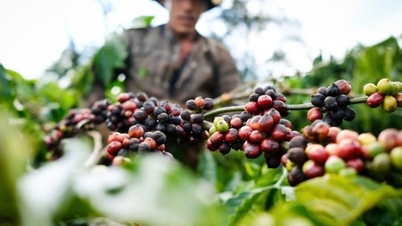

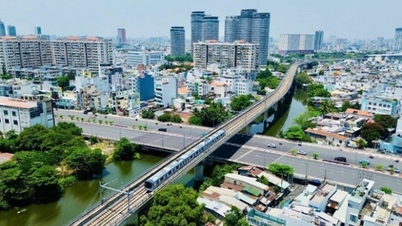





















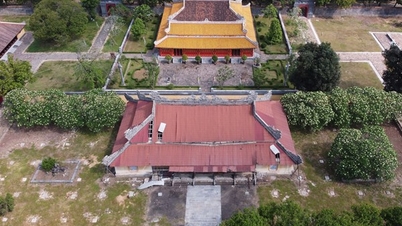































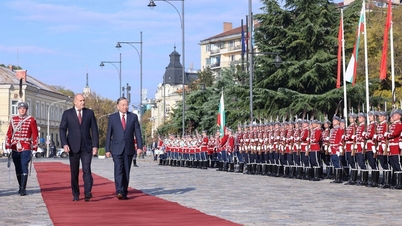



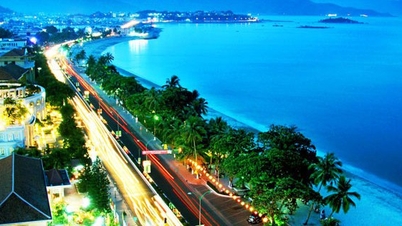
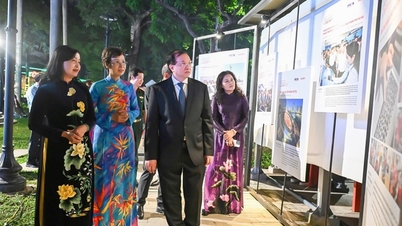











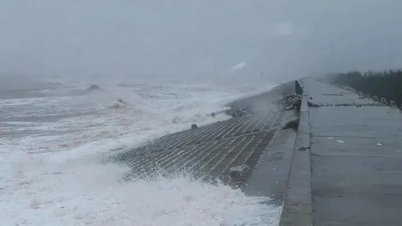
















Comment (0)